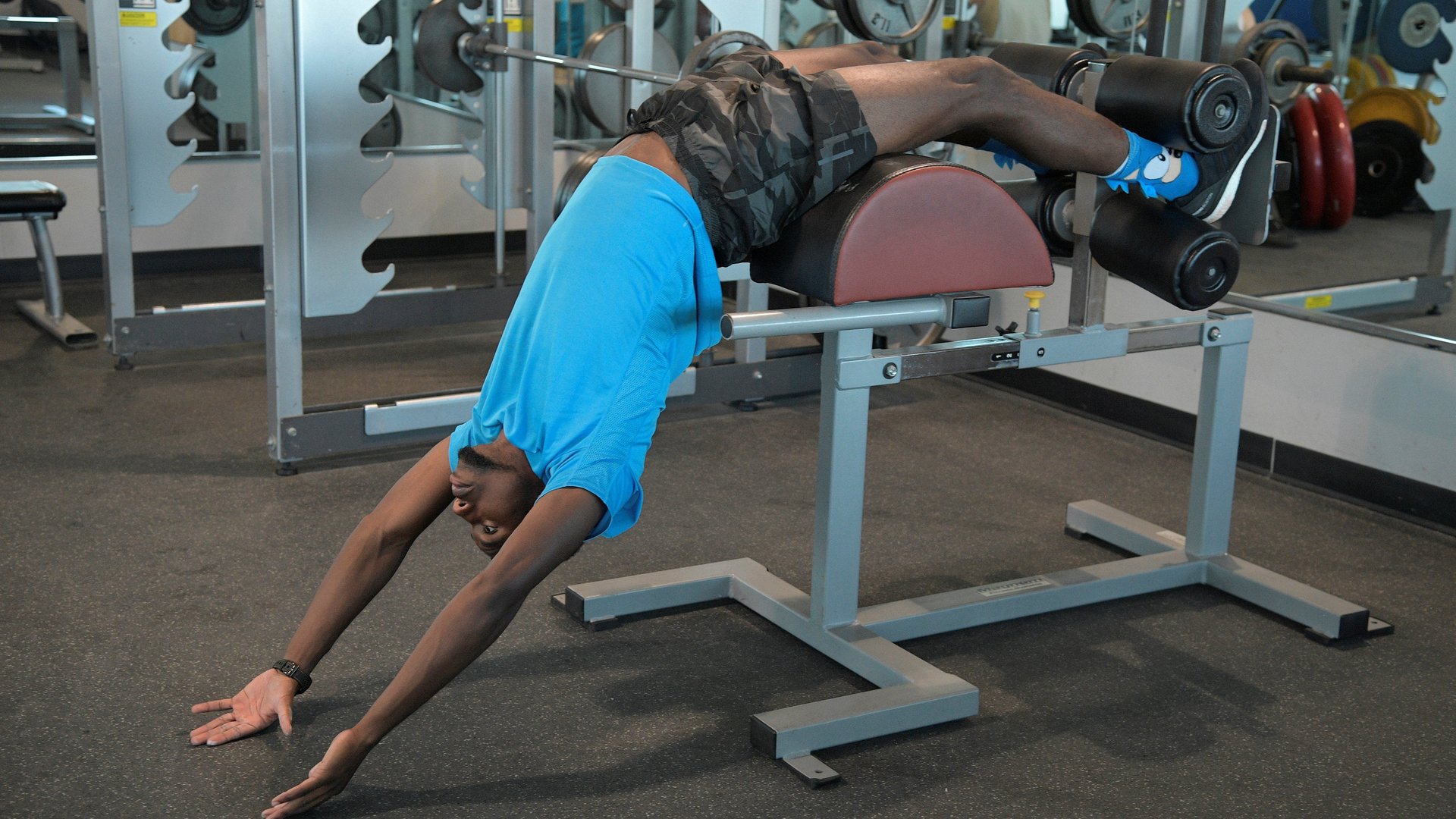My personal trainer is coming for your job
I’ve never been in better shape, and my secret is a new personal trainer who lives 3,000 miles away.


I’ve never been in better shape, and my secret is a new personal trainer who lives 3,000 miles away.
Since I hate exercise, the only way I’ll work out is if someone forces me to go to the gym and tells me what to do when I get there. But personal training is expensive because it’s labor intensive; my local trainer can only train one person at a time. So he (bravely) recommended me for a new pilot program at my gym: Several times a week, I work with another trainer based in another city. She sends videos demonstrating detailed workouts I watch on my phone as I do them.
Through this arrangement, two of the major benefits of a trainer is fulfilled. An actual person holds me accountable to go to the gym and she tells me what to do. Kendra texts me before and after my workouts, and to remind me to eat well and to see how I am feeling. She knows if I go to the gym and what I do there. She’ll know, and will surely be disappointed, if I skip a workout. Kendra seems so invested in my fitness, I can’t let her down.
Baumol’s cost disease
Technology panic these days is mostly the fear of robots replacing human jobs and leaving everyone without work. If history is any guide, that won’t happen, but instead we will see more Kendras. Just like the technological advances that proceeded it, new technology mean certain jobs will employ fewer people, but they’ll still require people.
To understand why, it’s worth considering late economist Willam Baumol’s theory of “cost disease,” which explains why services like health care and education have become more expensive. Normally, new technology makes people more productive. A robot on the assembly line means it takes 10 people to build a car in the same or less amount of time it once took 100. So on a per-car basis the factor worker is more productive. But certain jobs—such as teaching, healthcare, and personal training—historically have been so labor intensive that technology couldn’t improve their productivity. Their income still increases, however, because of inflation driven by productivity in other industries, so you pay more for services that are the same or less.
Until now.
Technology is changing how people work and it’s now possible for jobs that once could only be done intensely and in-person to be performed remotely. Teachers can lecture you online, doctors can diagnose your disease without ever meeting you, and Kendra can train me from California. With virtually no time or space constraints, Kendra can train multiple people at once. She is more productive than my local trainer who can only work with me in person.
Of course you get what you pay for and personal relationships do matter. A doctor you visit in person might pick up on other symptoms, and when mistakes happen with a remote doctor, they can be catastrophic. A real-life teacher can spot a talented student and encourage them in a way that’s impossible for a remote instructor teaching thousands. And often it’s that encouragement, not just learning the lecture material, that leads students to thrive. My in-person trainer is concerned that, under Kendra’s guidance, my form has suffered and my risk of injury is higher. He also pushes me to work harder.
The technology enhancing my workouts is what economists call labor augmenting. Labor augmenting technology transformed work during the industrial revolution and the latter half of the 20th century. It didn’t replace humans—the electric loom still needed human supervision—but the devices required fewer people to operate, and those needed more training and skills.
The past and future of work
I sometimes wonder if Kendra really a bot (although I doubt it because Kendra sometimes forgets my schedule and a bot wouldn’t do that). In theory she could be, with an AI generating work outs and texts. But the fact I think Kendra is a person that is so invested in my workouts is what gets me to the gym, which is why she is effective. I need the threat of shame and guilt. A human must be involved.
New technology could mean jobs that never experienced productivity growth, like nursing and child care, will overcome Baumol’s cost disease. It suggests the past will be like the future, where technology leaves room for some human workers after all.
My gym will probably one day have fewer trainers, with some providing in-person training and some working with clients around the country. The in-person trainers would have to provide a better service to justify the cost. I’ll continue to see mine, albeit less frequently, to make sure I don’t hurt myself with the virtual trainer.
The future may see many service jobs go this way: Fewer higher quality people who are paid more, and their frequent, undivided attention a luxury only a few can afford.